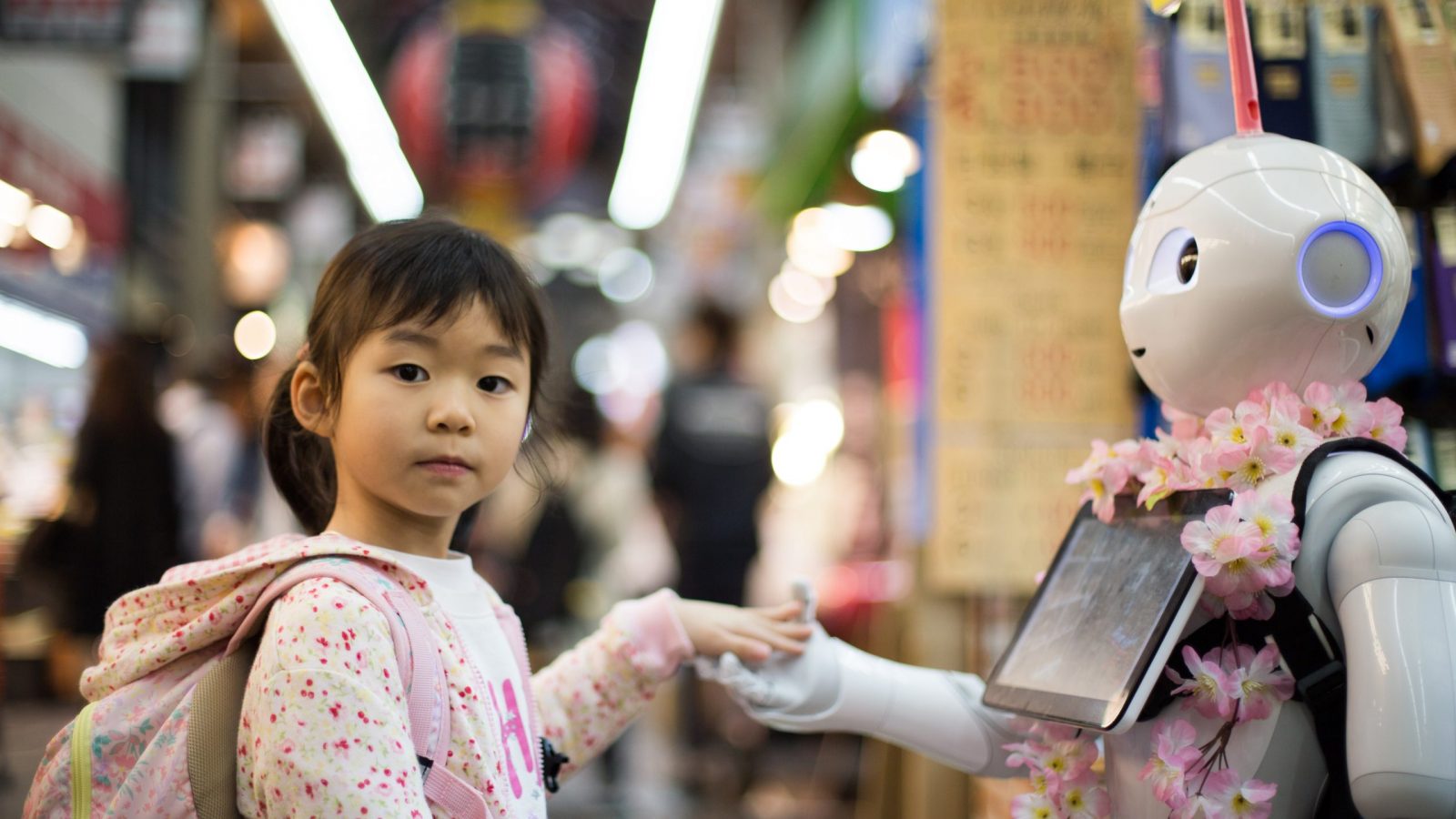The Turing test: Are you talking to a machine or a human?
The Turing test is a straightforward exercise in which participants engage in conversation before deciding whether they were speaking to a human or a machine. No machine could pass this test for years. But the line between the two is getting vague. In ways that seemed inconceivable just a decade ago, more and more machines are passing the Turing test, successfully mimicking human behavior. Increaingly, Turing test participants can not tell whether they interact with humans or machines.
Whether you are calling telecom company customer service, or placing an order over the phone, or starting an online chat with a brand, you can no longer be certain whether the entity behind it is a person or it’s a machine programmed to carve its responses to either assist you or trick you in achieving the objectives of that company.
In face-to-face conversations words convey only 7 percent of information that is exchanged. The rest is non-verbal communication: facial expressions, tone of voice, body language. Today’s youngsters are growing as the digital-first generation. Most of their communication happens over text rather than in person. How can we ensure that they would make good decisions based on merely 7 percent of the information they get? Add the AI to the mix, and it is easy to see the huge space for manipulating the conversations.
The dangers of AI
“The development of full artificial intelligence could spell the end of the human race. […] It would take off on its own, and re-design itself at an ever-increasing rate. Humans, who are limited by slow biological evolution, couldn’t compete, and would be superseded.”
— Stephen Hawking, a renowned physicist
Stephen Hawking’s spine-chilling warning about AI was intended to highlight the value of developing ethical understanding early on, so that future generations who will work on new technological developments will understand the deep moral and societal implications of machine intelligence.
Preparing next generations for an AI-driven reality
The way that young people communicate cannot be altered, as much as the development of AI cannot be stopped. Therefore, just as we teach children not to talk to strangers or how to avoid difficulties in the real world, it is vital that we teach children how those virtual agents operate and how to discern if you are speaking to a machine or a human.
Educators can do a lot to prepare the next generations for the world of AI.
- We can help them understand technical, societal and ethical perspectives on machine intelligence.
- We can guide them as they discover the complexity of AI implications, and add them into their understanding of the fast-changing world.
- We can improve how children learn about AI and virtual chats by introducing hands-on AI projects into the curriculum.
- We can teach them the quirks of virtual non-verbal communication by teaching them the mechanics of AI and virtual dialogues.
- Most importantly, we can support them in developing a broad understanding of the matter, so that they can build a future in which AI will be used to do good.
The most popular type of AI communication now in use are chatbots. Students can easily learn how to implement its principles to build virtual chats and agents that can respond to inquiries and improve people’s environment, rather than tricking them into unwanted behavior.
STEMI makes teaching AI easy
It is difficult to teach students AI if you do not understand it yourself. For this reason, we educate teachers first, making our AI software not only intended for students. Our program is a plug-and-play solution created by industry leaders in artificial intelligence (AI) and experts who work in modern educational systems. In creating their first chatbots using the STEMI platform, your students will learn the fundamentals of AI.
This program does not only teach technical skills and competencies that will likely translate into future career opportunities for your students. It also teaches the ethical points of developing AI. It is more crucial than ever to instill digital ethics and values in the next generation so that AI can advance society rather than pose the greatest threat we have yet to face.
Get in touch if you have any questions or you want to learn more or take a look how students can develop a high-tech AI product in school.
